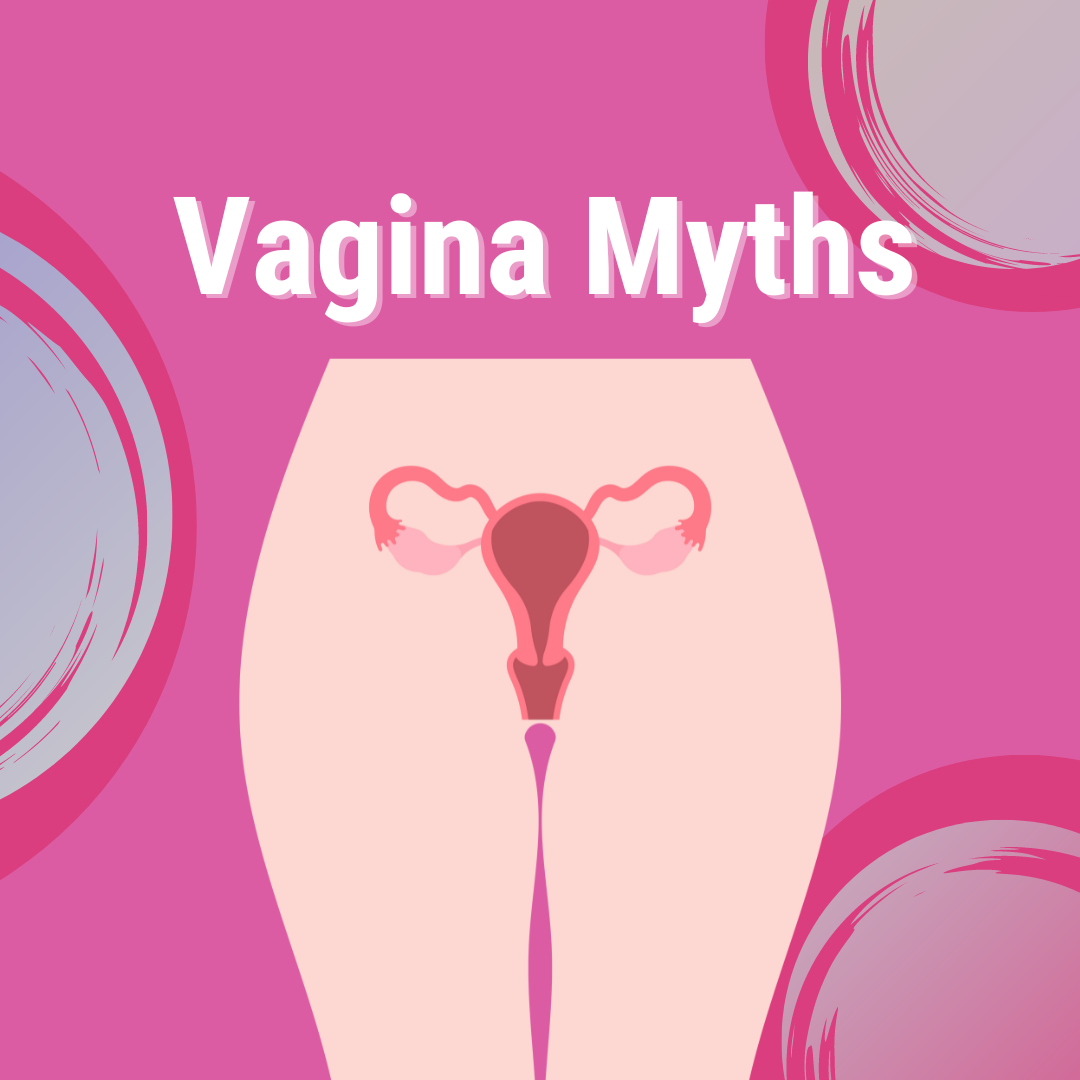Few areas of the body are as mystified and misunderstood as the vagina, and as a result, many of those with vaginas experience shame around their bodies and its functioning. Whether it’s the fault of misinformation online, misogyny, or the less than sufficient sex education we receive, misconceptions about the vagina are commonplace in our society. So, join us today as we debunk these fallacies and venture towards the future of vaginal veracity.
Myth #1: What the Vagina really is
Many mistakenly refer to the vulva as the vagina. This umbrella term is incredibly wrong and also disregards all the elements that make up the vulva beyond just the vaginal opening. These include (but aren't limited to) the labia minora, labia majora, mons pubis, clitoris, vulva vestibule, urethra, and vaginal opening. Only the vaginal opening is part of the vulva since the majority of this muscular canal sits on the inside of the body.
Perhaps the failure to mainstream the word “vulva” comes from a dismissal of pleasure points such as the clitoris and a general disregard for the fact that sex should be pleasurable for those with vaginas. Focusing on the vagina over other parts of the vulva narrows the function of this region down to penetration and childbirth, rather than pleasure. Semantics are important and can help dismantle heterocentric and patriarchal narratives around sex.
Myth #2: The vagina becomes looser with penetration
The vagina is incredibly flexible and elastic. It can literally push out a child and then return back to its prior state. Yet, somewhere, someone got lost and claimed that a penis could alter the size or elasticity of the vaginal opening. This myth, like many others, stems from purity culture and is an attempt to deter women from sex in general—and especially with multiple partners. The myth also comes from the inescapable and incredibly untrue link between women’s bodies and morality, in which women who have many partners are considered to have “loose morals.” (Interestingly, the claim does not seem to apply to those who have repeated sex with the same person.)
There is no evidence that the vagina becomes “looser” from penetrative sex—which is like claiming a fist gets looser from holding things. A vagina might become “looser” when someone is comfortable and turned on after enough foreplay, and the muscles around the vagina are able to relax.
Myth #3: The Vagina is an Indicator of Gender
“It's a girl,” the midwife exclaims—but how do they know? The vagina is not an indicator of gender, and for some intersex people, it cannot be used as an indicator of biological sex either. People with vaginas and vulvas will typically be AFAB (assigned female at birth) because this organ is associated with the female sex. However, not all people with vaginas and vulvas are women, and not all who identify as women have vaginas. Gender is a social construct not bound to certain genitalia, and individuals all across the gender spectrum can have vaginas, from transgender men to nonbinary and gender nonconforming individuals. People across the gender spectrum who were not AFAB may choose to have gender reassignment surgery. This can be an important surgery that helps combat gender dysphoria, but this should always be an individual journey and choice and should have nothing to do with the validity of someone's gender.
Myth #4: It should smell like flowers
Among the most common myths surrounding the vagina is that it is “dirty” and needs a regular deep clean. People with vaginas are advertised a range of cleaning products, including scented soaps and douching products. A douche is a bottle of often sterilized water with a tube that is inserted so that when the bottle is squeezed, this water rinses out the body part which it is inserted into. Douching is common in preparation for anal sex, but almost 1 in 5 women say they douche their vaginas. This is highly discouraged by healthcare professionals as it can throw off the pH balance in the vagina, which can, in turn, lead to all sorts of complications.
Taboos around women's sexualities and purity culture might be a reason for the association between vaginas and dirt. Vaginas, like penises, will have a natural scent due to the healthy ecosystem of bacterial flora. Everyone should, of course, maintain a high level of hygiene in the area; cleaning with water or unscented soap. Any bitter or sour smells can mean infection. However, infections are more likely to be caused by heavily scented wipes and soaps than they are to be treated by them. The vagina is an organ, and it’s okay if it smells like one.
Myth #5: Vaginal penetration is the way to an orgasm
Contrary to what mainstream media and mainstream porn have told us, there is a lot more that goes into sex and an orgasm than penetration. Many with vaginas who can’t orgasm from penetration feel atypical when in fact, only 36.6% of women report orgasms from penetration alone. This rhetoric, too, comes from a heterocentric idea of sex and a very penis-focused idea of pleasure. If we consider that a significant biological function of the vagina is childbirth, it makes perfect sense that it has significantly fewer nerve endings than the clitoris, for instance. By telling our partners what feels good, we can help deconstruct the myth that the vagina is the only pleasure point and give the clitoris, with its 10,000 nerve endings, a leading role during sex.
Vagina myths and misinformation have contributed significantly to the shame vulva- and vagina-owners feel about our bodies and sexualities. Dismantling these myths using knowledge and theory can be an empowering tool that helps those with vaginas reclaim their bodies. Vaginas and vulvas vary both over a lifetime as well as between people. Acknowledging this can be transformative.
Written by Ellen Gisto.




